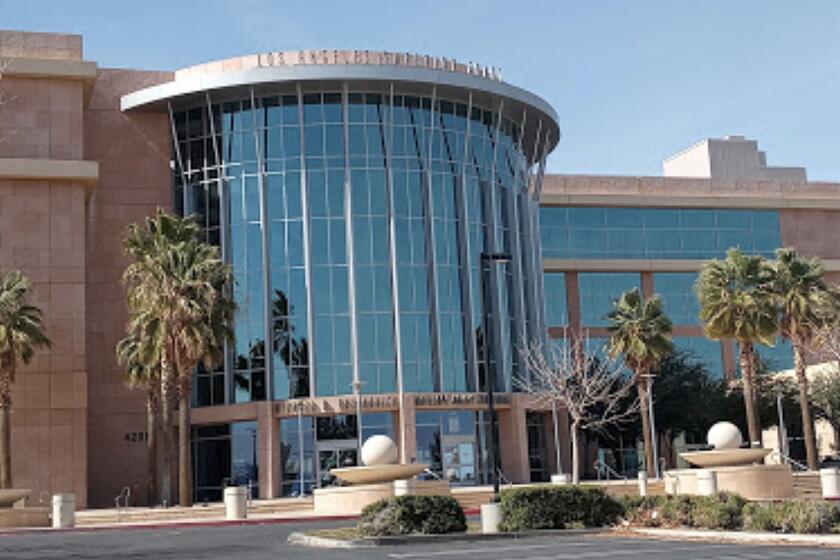Smog Figures on Pace to Hit Record Low, AQMD Reports
- Share via
The 1990 smog season, which runs from May until October, may be the cleanest on record, according to preliminary monitoring reports by the South Coast Air Quality Management District. The district on Wednesday credited favorable weather conditions and tighter pollution controls for the air-quality gains.
“We’ve had far less (smog) than expected,” AQMD Executive Officer James M. Lents said. The district said new local and state controls on pollution were the biggest factor in the improving air picture.
The upbeat report came less than a week after the U.S. Environmental Protection Agency reported that the South Coast Air Basin--which includes Los Angeles, Orange, Riverside and San Bernardino counties--had the worst air quality in the nation during the three-year monitoring period ending in 1989.
But new data released by the AQMD on Wednesday said ozone pollution appears to be abating, based on reports from 26 air-quality monitoring stations throughout the basin.
A violation occurs any time ozone concentrations exceed the federal standard for a period of one hour. If ozone levels exceed the federal standard at all 26 monitoring stations on any particular day, that would be 26 separate violations.
From May through July, the AQMD reported 1,798 ozone violations, compared with 3,483 in all of 1989, 3,416 in 1988 and 2,612 in 1987.
More to Read
Sign up for Essential California
The most important California stories and recommendations in your inbox every morning.
You may occasionally receive promotional content from the Los Angeles Times.










